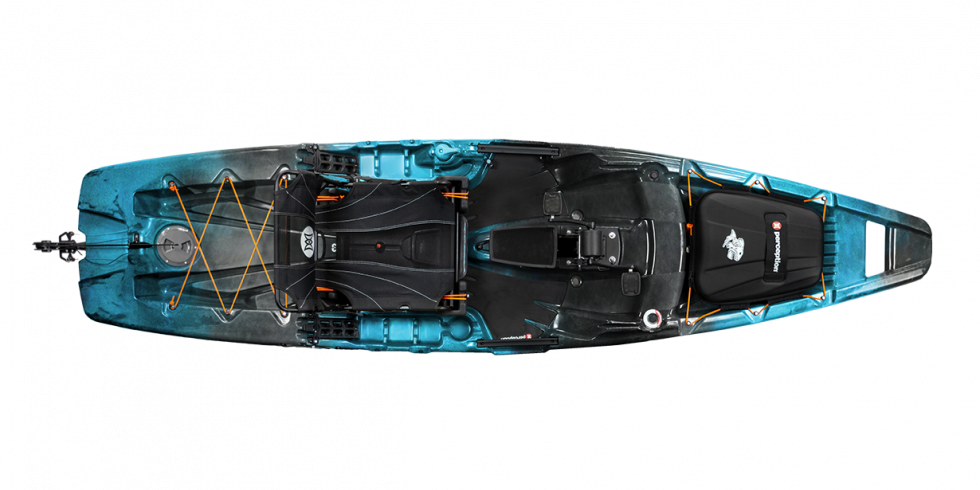
Kayaking 101
Off-Season Boat Maintenance
The off-season is the time to dig that boat out and give it a once (or twice) over and make sure it's ready for paddling season. Boat maintenance not only keeps your boat looking good but also keeps it 100% seaworthy to provide a safe vessel.
Hopefully when you're not paddling your boat you can store it properly. This includes good ventilation, a well supported hull, and hopefully out of the weather. Add a cockpit cover and it helps keep the inside clean and the critters out! A good padded 2X4 rack or saw horses work well. You can store it either on its side or flat, either hull up or down. There are also hanging racks that utilize nylon webbing and buckles that work well, especially when floor space is limited. Boats should not be hung from only their end toggles as it can put strain on the hull and affect the hull shape.
If a rotomolded plastic hull has developed any uneven spots, waves or what we call oil-canning, you can heat up the affected area and the hull should go back to its original shape. Heat sources vary but a heat gun or hair dryer used carefully, works best. Do NOT use open flame. Heat the area around the deformity up until it starts to feel quite warm to the touch. You can gently push the material back into shape and even a block of wood or other material can be wedged to temporarily hold the shape while it cools.
As far as scratches and light gouges go…..remember they are only cosmetic and do NOT greatly affect the performance of your boat! Spending time sanding the hull of a plastic boat is wasted AND you are removing material from your boat!
As far as protective coatings for plastic boats there are quite a few opinions floating around out there. A coating of 303 Protectant does provide some extra UV protection BUT does make the boat slippery and the 303 will come off in the water. If you choose to use 303 apply sparingly and wipe off /buff out the boat before it goes back on the water.
On composite boats, now is the season to do any fiberglass repairs that need attention. Gouges that are deep enough to show underlying fibers should be repaired. The easy fix? Marine-Tex. It's a epoxy paste that is quite easy to apply over the wound. It sands easily and is quite strong. The biggest downside is the proper color match. A good gel-coat repair can take the boat back to cosmetically perfect, but is time consuming. Your call.
Now let's take a close look at the deck and cockpit. Decklines, bungies, end toggles hatches and straps all take a beating and can wear out long before the hull so a close inspection and repair or replacement maybe called for. Same goes for rudders, retractable skegs, foot braces, seats, all deck fittings and hardware. Adding extra deck fitting or accessories like fishing or navigation gear is fun and makes your boat custom! You just can't be afraid to drill a hole or two in her! YIKES!
Now let's check the bulkheads.The sealant used on the foam bulkheads needs regular maintenance to stay waterproof. The use of flexible, mini-cell foam with a soft pliable sealant insures good contact and security, but eventually this seal may be compromised. It's easy to see where the bulkhead seal has failed and all it takes is a good cleaning and drying and the application of Lexel sealant over the joint. Wear protective gloves and don't be afraid to use plenty! Lexel is available at most hardware stores. 3M 5200, Sika-flex, Marine Goop and other marine grade sealants may also work. There are many online videos, forums and websites that will help guide you through these repairs and procedures. Your local dealer can be quite helpful in providing hands-on help and parts, as well!

